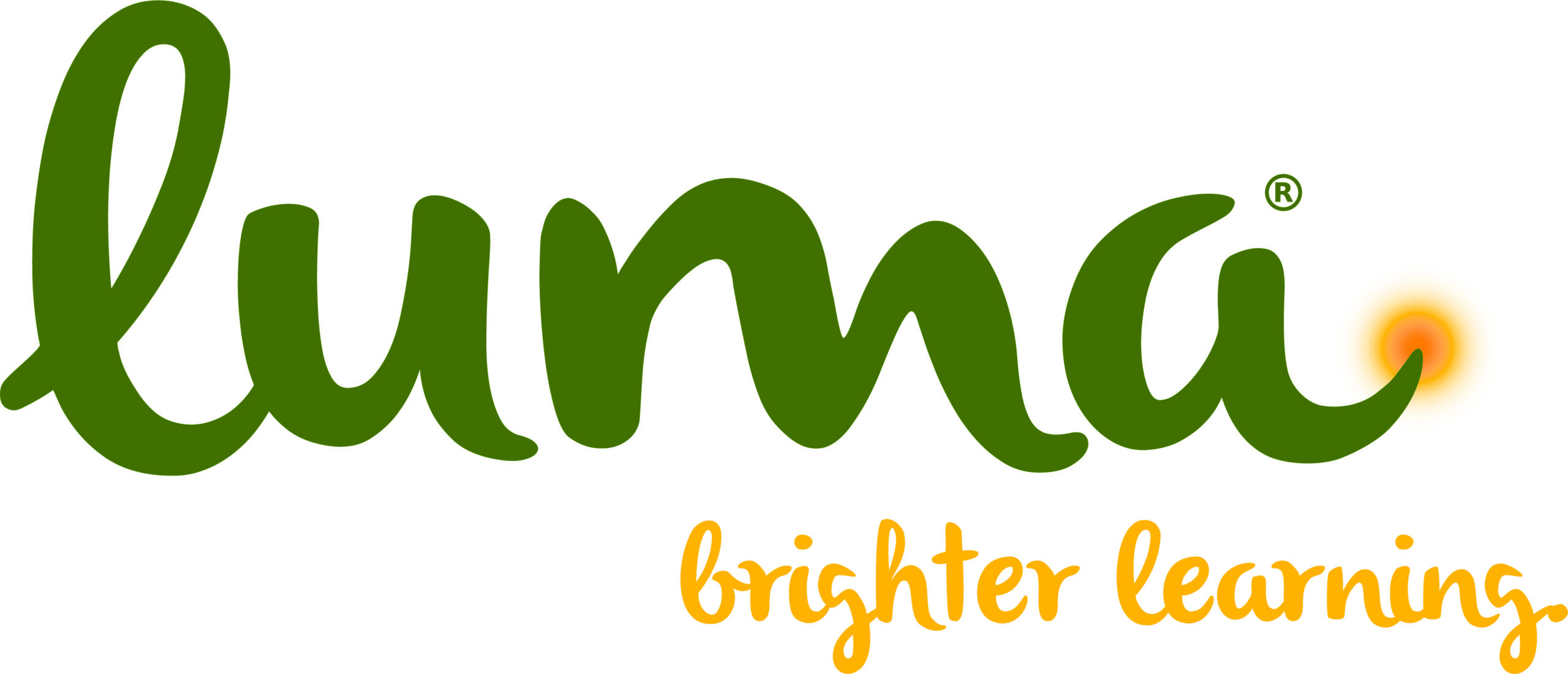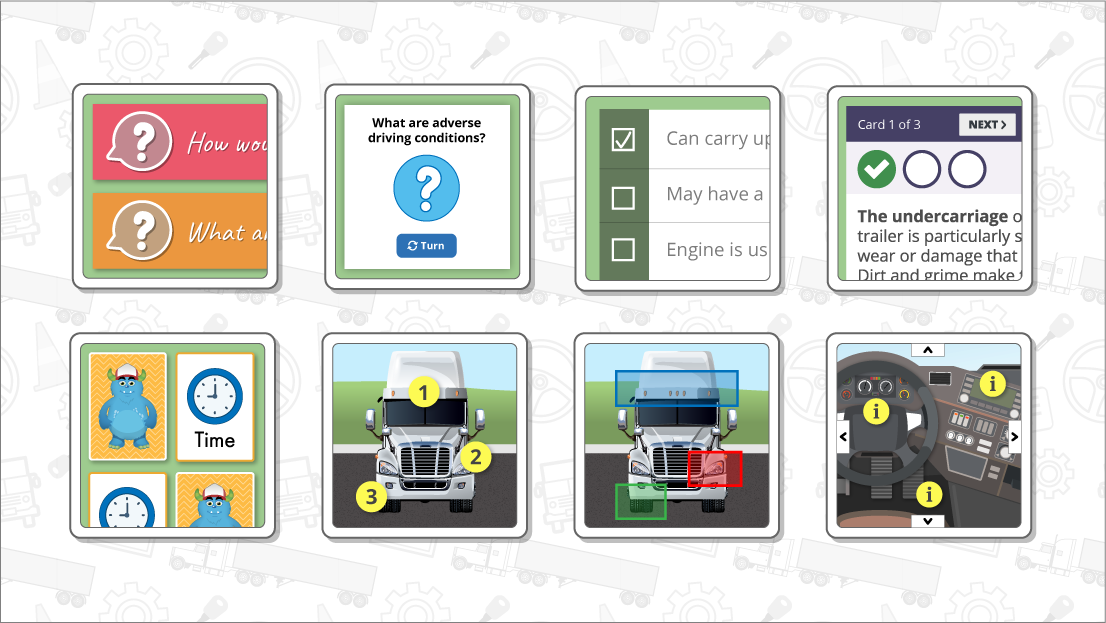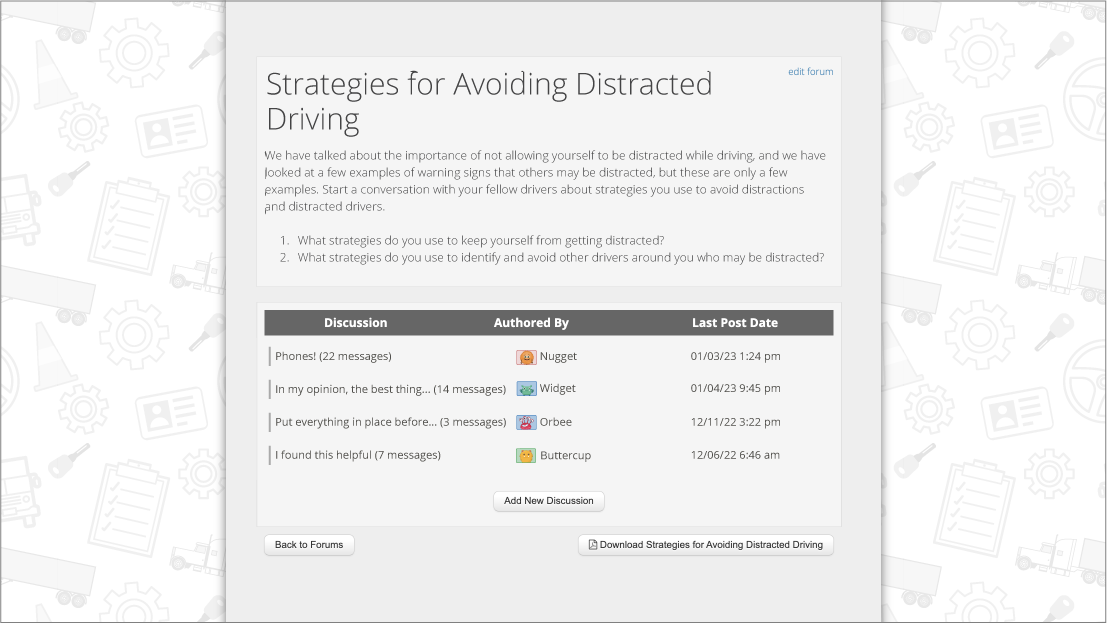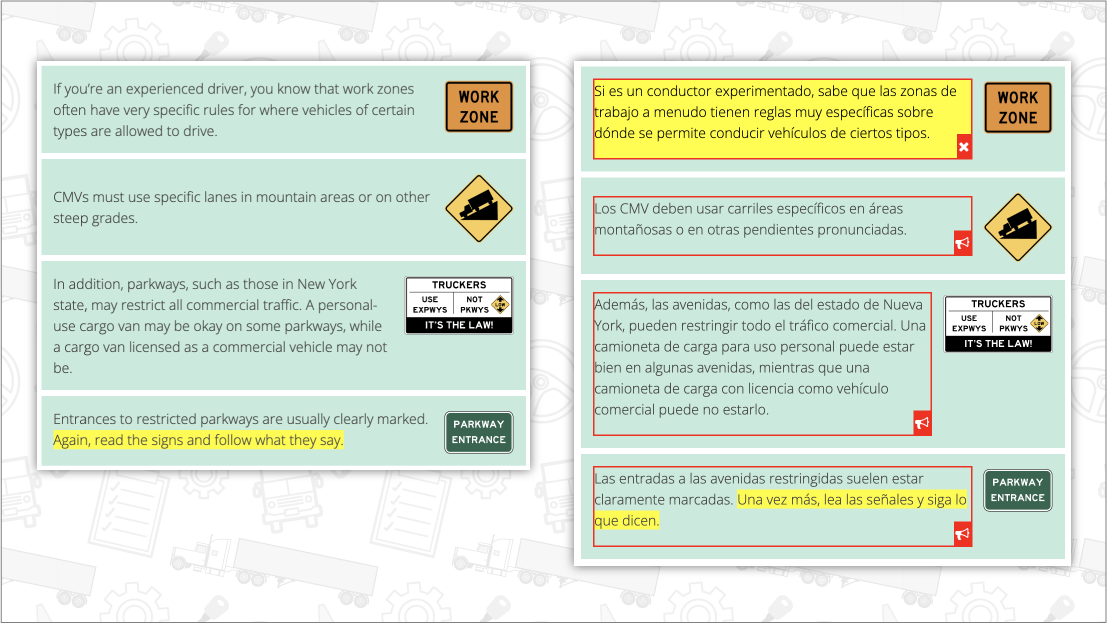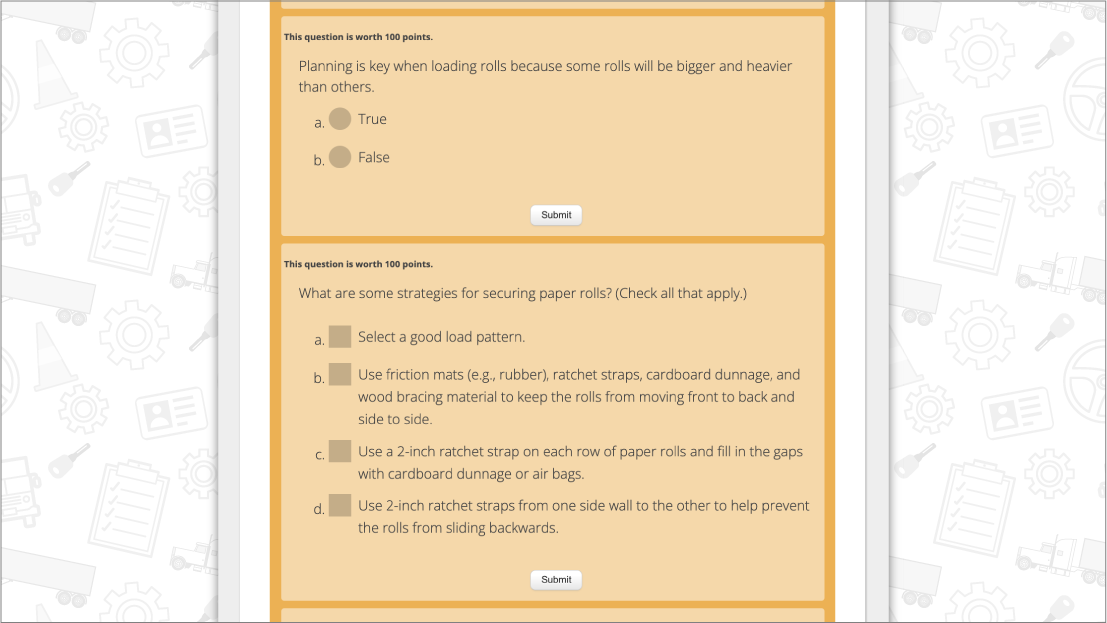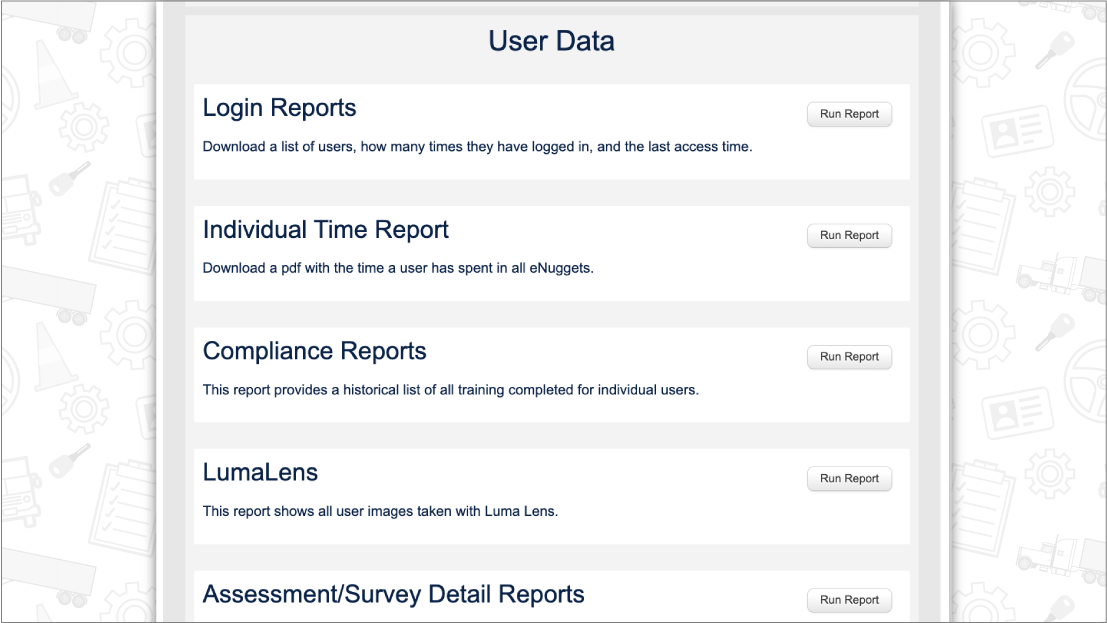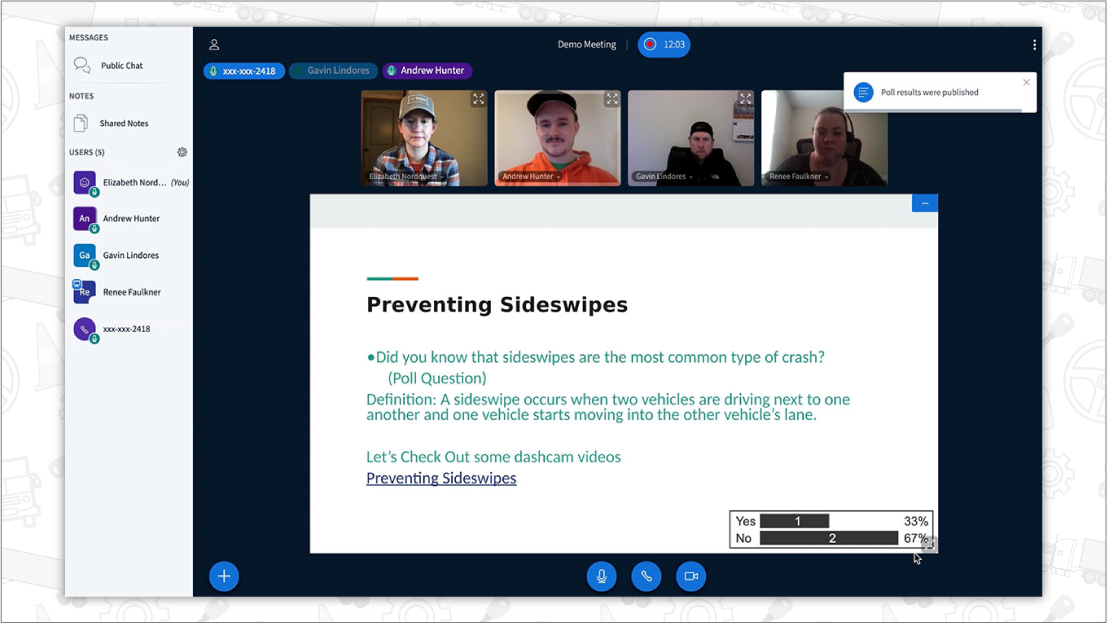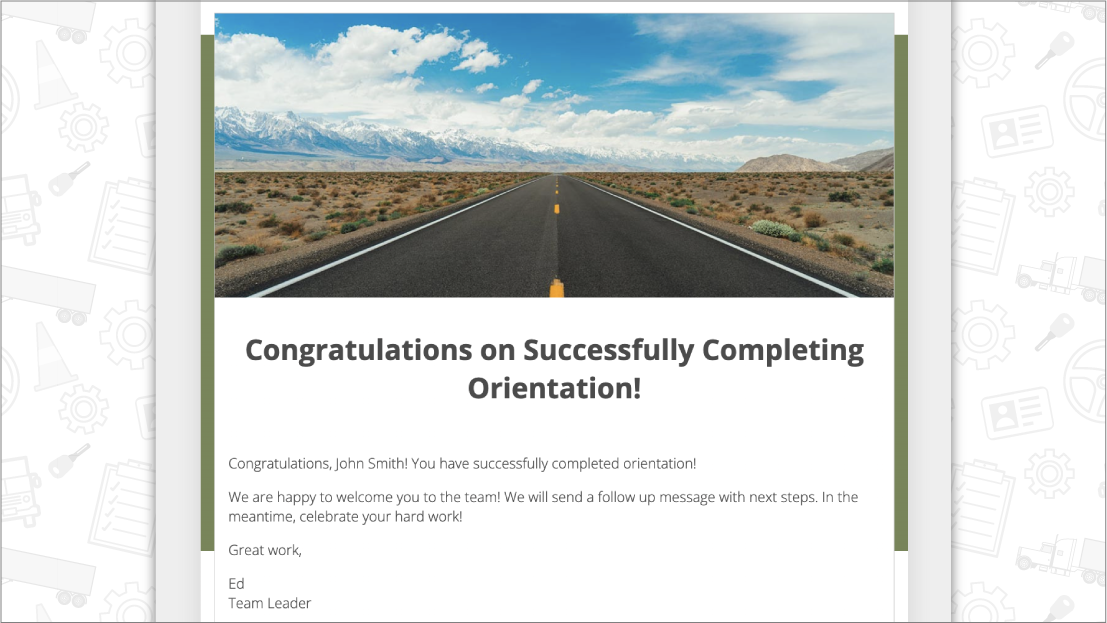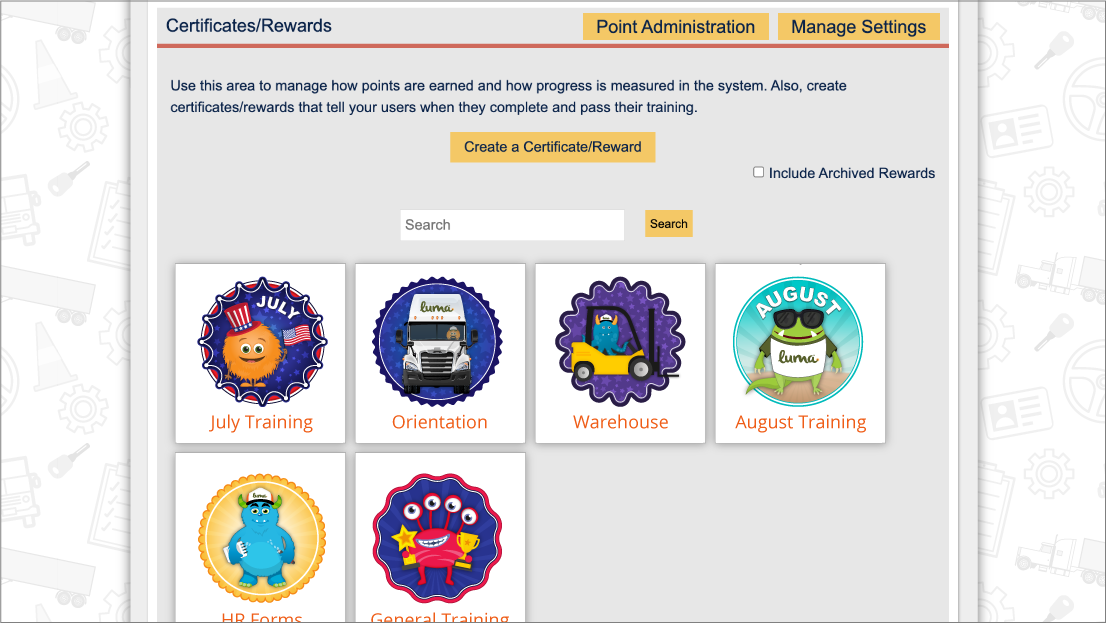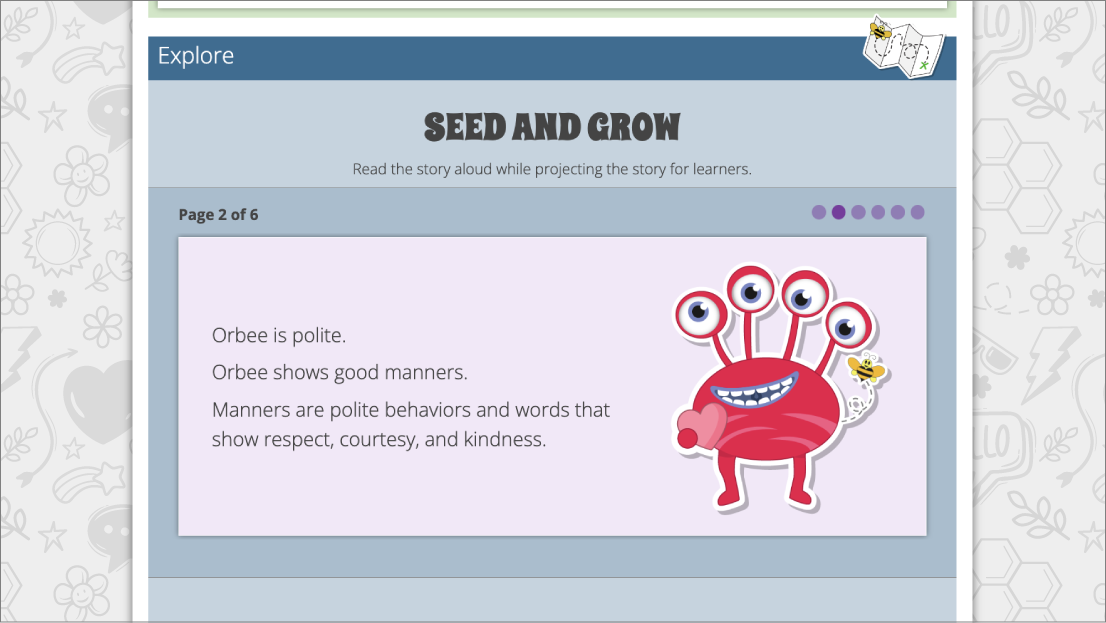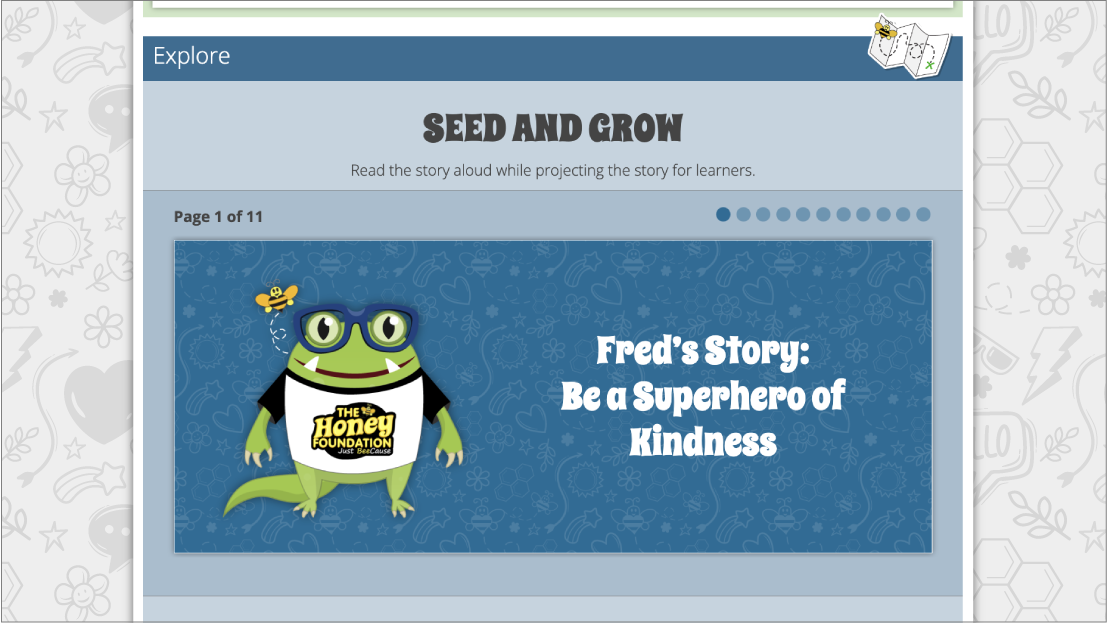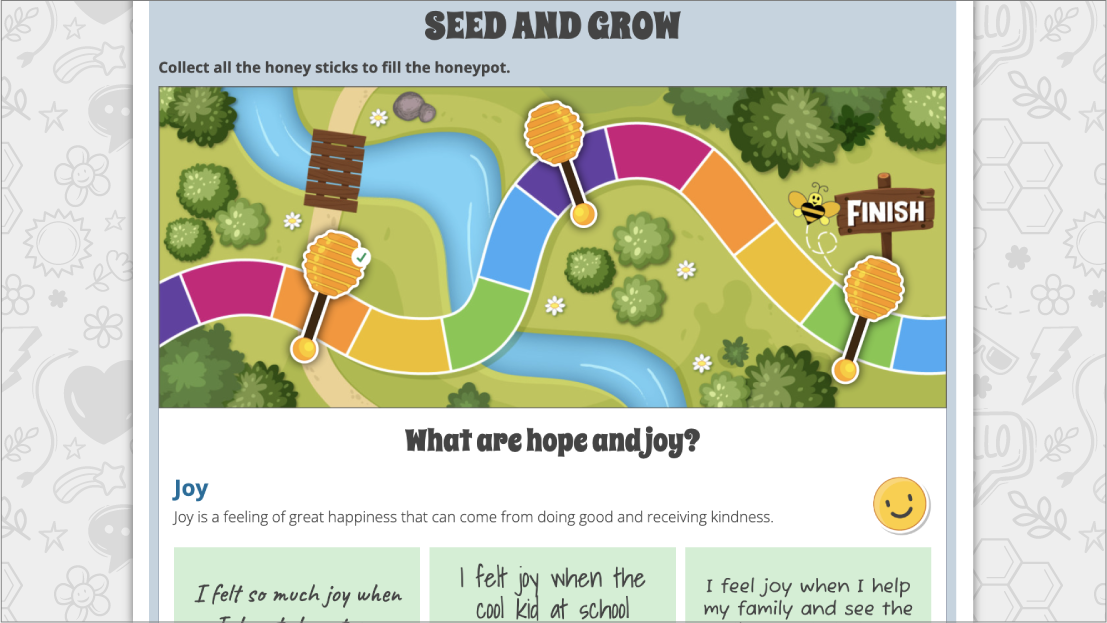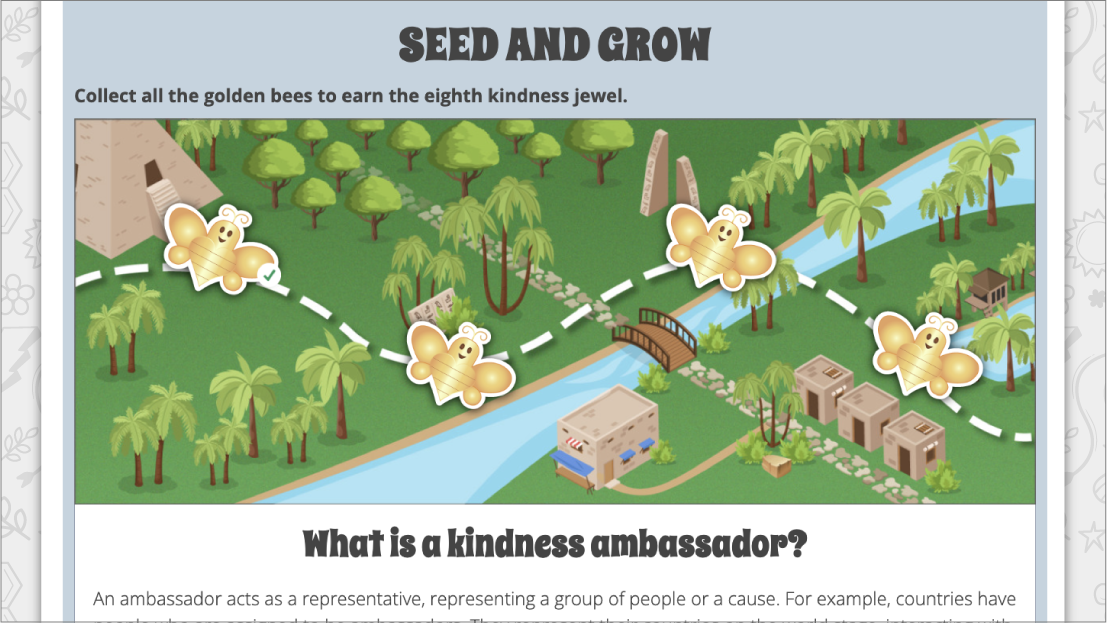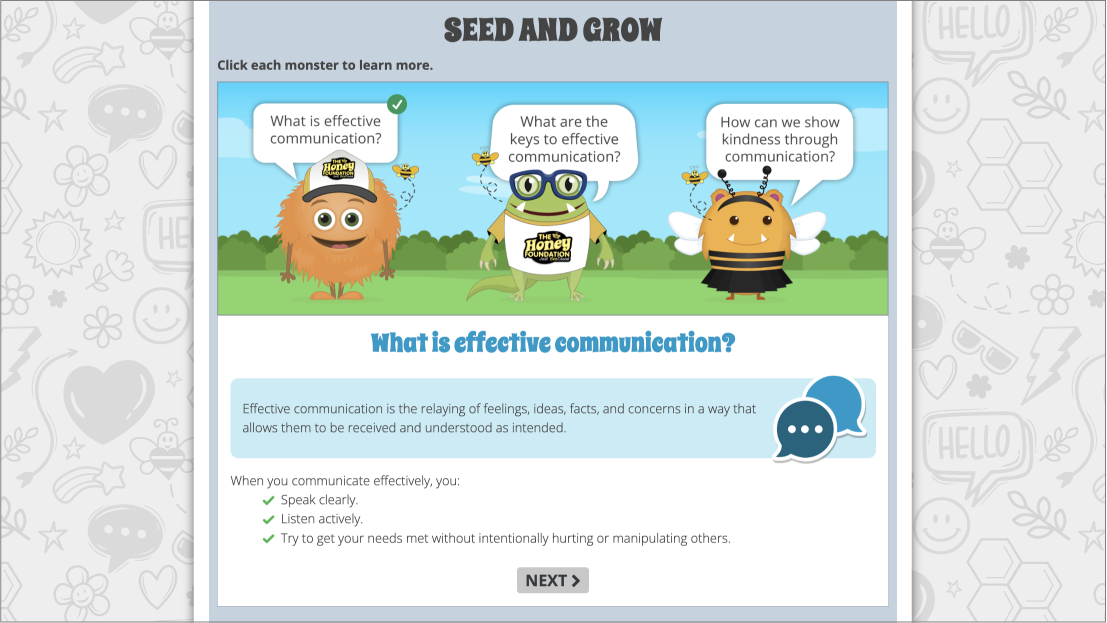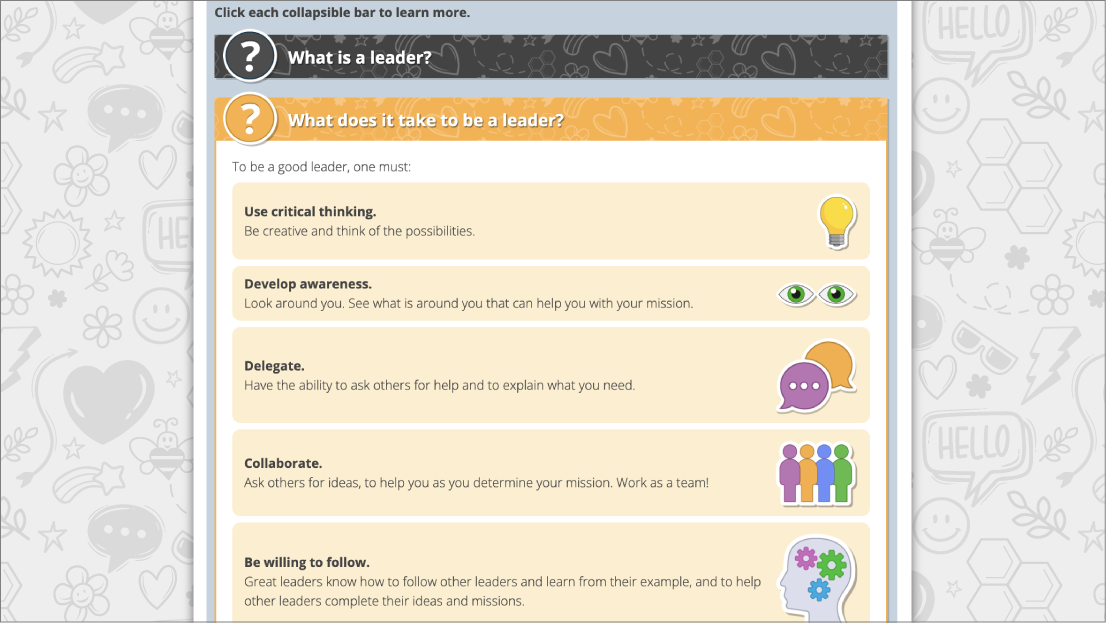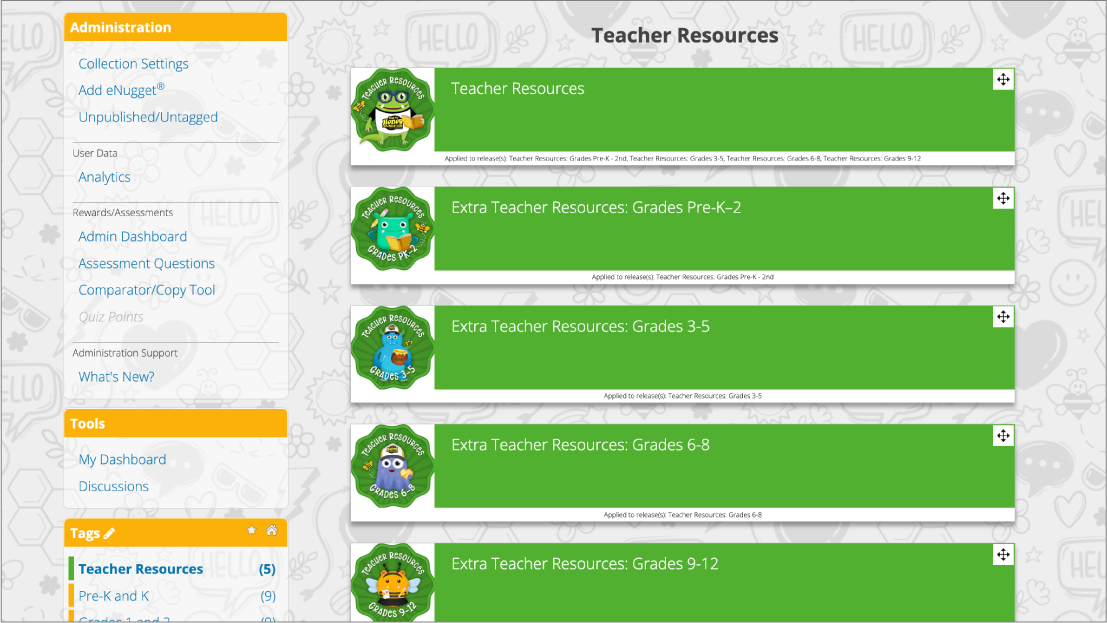
Child Maltreatment Recognition and Reporting
Luma’s Child Maltreatment Recognition and Reporting program is an essential training on the many aspects of child abuse and neglect. Participants will walk away understanding the unique role the average citizen plays in the system of child protection. We are all part of the multidisciplinary team that must effectively respond to children in need of safety.
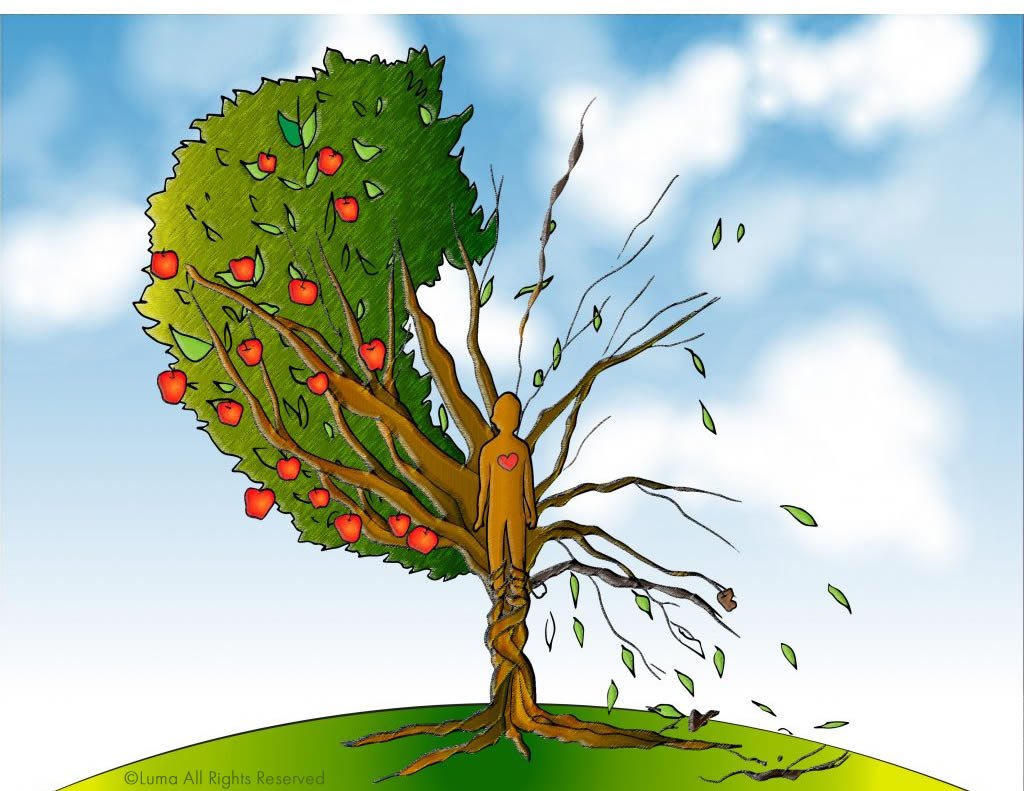
Child abuse and neglect are a disease that incites a myriad of social ills which virally impact society. Picture society as a tree with tremendous, hardy branches that stretch out towards the sky, most bearing beautiful fruit. Other branches, however, are blackened, gnarled, and brittle, hanging feebly until they drop to the ground and crack. These withering offshoots affect the well-being of the entire tree, while also relying on the holistic health of the tree. The metaphor illustrates the interdependence of all people within society and the far-reaching consequences of child maltreatment.
The Administration on Children, Youth and Families, which gathers nationwide data on child abuse and neglect in its annual Child Maltreatment report, disclosed 3,248,000 child victims in 2014 (U.S. Department of Health and Human Services, 2016). If you Google child abuse in the news, you’ll receive more than 12 million results. The issue of child abuse and neglect permeates society. Every day, a spectrum of atrocity unfolds on the most vulnerable victims, often behind closed doors and shrouded in secrecy. Our prisons and mental health treatment centers bear the witness to these atrocities, as victims of child maltreatment often tailspin into detrimental behavior as a result of their experiences. For too long we have focused on the wrong end of the problem: throwing resources into the penal system, and wondering how to stop the avalanche of mental health issues of our nation’s people. Branches are dying and falling, and it’s only a matter of time before the whole tree comes crashing down.
But what would our tree look like if every branch were nurtured while it was still a twig?
Shifting our focus to the care of children would divert future crises; by redirecting our focus, we would invest in a healthier, more resilient society. The ideal solution involves every parent providing their child with love, protection, and necessities, and every neighbor caring for others’ children with respect and kindness. However, the sad truth is that the overwhelming majority of child abuse victims suffer at the hands of someone they know and should be able to trust. The intense betrayal involved when a close family member or friend hurts a child physically, sexually, or emotionally can trigger a lifelong series of injurious behaviors.
Our society is comprised of people who are willing to stand up and do the right thing for children. But sometimes the “right thing” is unclear. Sadly, the average citizen does not receive training in child maltreatment recognition and reporting, even though many states mandate reports of abuse or neglect under penalty of the law. Some professionals receive child maltreatment recognition training through their places of employment, but this compartmentalized system of training can lead to mixed or incomplete messages, often to the detriment of children.
What can we do to protect children?
Luma’s Child Maltreatment, Recognition and Reporting program provides every learner with the tools and knowledge necessary to protect the children they encounter. Luma’s program goes beyond conventional training to include valuable information on the child protection system in our country, as well as crucial guidance on how to be effective within this system. Imparting knowledge about the child protection system leads to the most efficient participation of every player in a unified and consistent team response to child maltreatment.
Our nation’s children are our most precious assets. If each of us fulfilled our unique roles in protecting a child to his or her greatest potential, what could that look like for the child?
To learn more about Luma’s Child Maltreatment Recognition and Reporting course, go to https://lumabrighterlearning.com/child-maltreatment/ or email info@learnwithluma.com.
U.S. Department of Health and Human Services, Administration for Children and Families, Administration on Children, Youth and Families, Children’s Bureau. (2016). Child maltreatment 2015. Retrieved from http://www.acf.hhs.gov/programs/cb/resource/child-maltreatment-2014.
